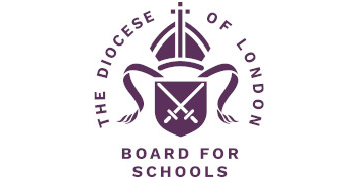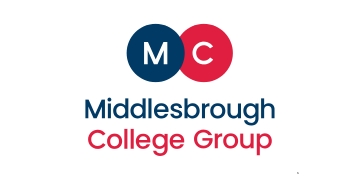The government plans to “signpost” cash-strapped schools to “savings platforms” offering high-interest savings accounts to help ease funding worries by “unlocking” the sector’s “substantial reserves”.
Department for Education (DfE) officials are urging companies to come forward and tell them what they can offer schools as they target leaders’ “under-utilised assets”.
Schools will be forced to find more savings to deliver teacher pay rises over the next three years, which the government has suggested should be 6.5 per cent in total.
Schools Week analysis shows that trusts’ investment takings have increased to almost £140 million. But nearly a third of academy chains did not make a penny from investments.
DfE to signpost schools to invest
In a new tender, DfE noted so-called “savings platforms” could be “a useful solution for some” schools to “improve their banking arrangements” by earning interest on cash balances.
The services allow schools to access rates from several banks in one place, without needing to set up new accounts.
This allows “them to benefit from the best deals in the market”, the department said.
It wants to speak to the suppliers of these platforms to “understand in detail” what they offer and how they work.
“Our intention is to then signpost schools to those we consider to be the most suitable,” the tender added.
“In return we will be asking suppliers of those platforms to provide us with regular data to show take-up of their service by schools, and the amount of interest earned.”
‘Under-used assets’
The department will not “itself be entering into contractual relationships with providers” or receive payments from the signposted service.
In its evidence to the School Teachers’ Review Body, the government identified “significant potential in under-utilised assets across the school sector, including sizeable financial reserves and physical assets such as land and buildings”.
Some of the opportunities “include better banking solutions and, in particular, making use of the substantial reserves in our system, which totalled more than £6 billion in 2023-24”.
This equates to “10 per cent of core schools budget, which could be unlocked and used to benefit children directly”.
Academy rules state leaders “may invest to further the trust’s charitable aims, but must ensure investment risk is properly managed”.
They must “exercise care and skill” when making decisions, taking advice where appropriate, and ensure “exposure to investment products is tightly controlled so security of funds takes precedence over revenue maximisation”.
£136m from investments
Analysis of government data suggests trusts generated just over £136 million in investment income in 2023-24 – a sharp increase on £52 million the year before.

A report by the Kreston group of accountancy firms attributed the rise to higher interest rates, which “has encouraged trusts to focus on deposit returns”. But it is “only in the last year that good treasury management has become more widespread” it said.
Andi Brown, of academy consultancy firm SAAF Education, said in some cases £100,000 of additional revenue could “make the difference between retaining staff or needing to reduce headcount in the future”.
Twelve trusts made more than £1 million last year. United Learning Trust (£5.5 million), Harris Federation (£3.7 million) and Oasis Community Learning (£3.3 million) brought in the most.
United Learning Trust said the cash – the majority of which was generated through bank interest – was “ultimately spent in our schools”. The trust is “careful with these investments and the returns are proportional to the size of our reserves as [England’s] largest MAT”.
30% not investing
Oasis chief executive John Barneby added that the sum his trust generated came “generated through low or no-risk, short to medium term investments with our banking partner”.
By earning “interest on temporary yet reliable balances, we maximise resources without compromising security or compliance” he said.
But he added: “Not all trusts have the same capacity or structures, which explains variation across the sector. Like many large organisations, we manage significant cash flows, and it is both responsible and expected that we steward these funds wisely.”
Kreston’s research showed the largest trust was generating £35 per pupil, compared with £25 generated per pupil for small MATs.
However, our analysis shows 30 per cent of trusts (714) generated nothing from investments. Nonetheless this figure was down from 44 per cent (1,068) the year before.
But schools ‘need more cash’

Julia Harnden, deputy director of school leaders’ union ASCL, said many schools’ reserves had been eroded by squeezed funding.
While the DfE initiative was done with the “best of intentions … the underlying problem doesn’t go away” she said.
Leora Cruddas, chief executive of the Confederation of School Trusts, added that any money made through investments is “a fraction of the costs schools are facing”.
The DfE said it aimed to launch a new programme “shortly” to help schools to “maximise value from every pound”.
















Your thoughts